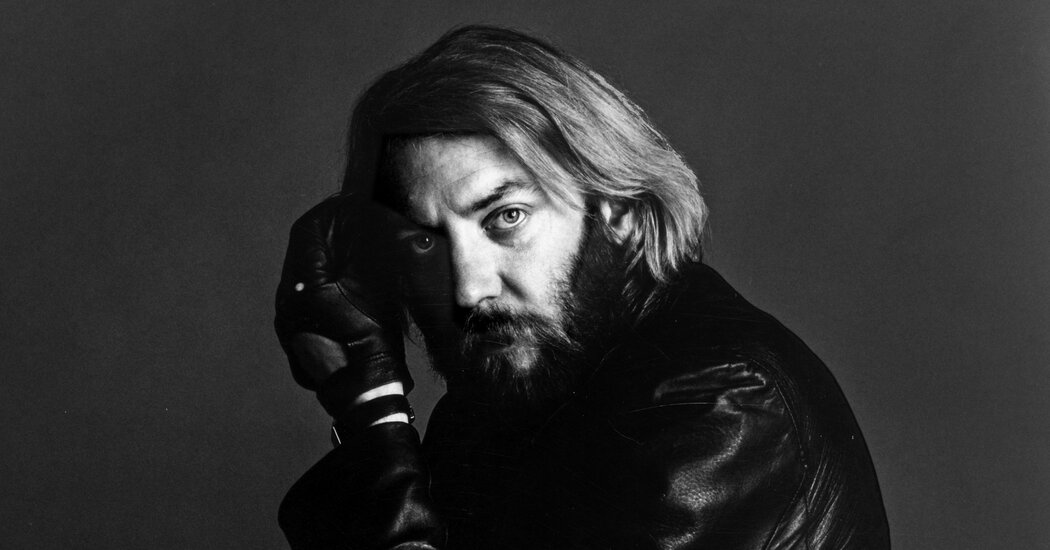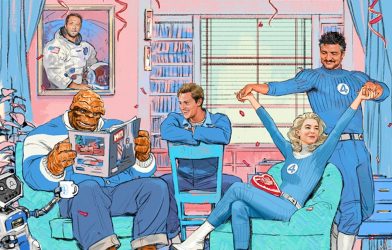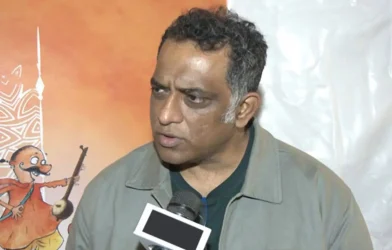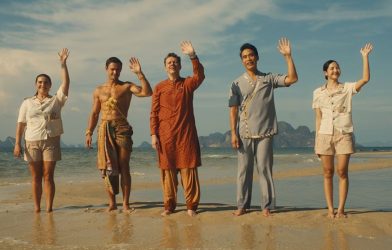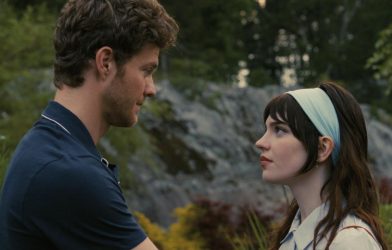Donald McNichol Sutherland was born on July 17, 1935, in Saint John, a coastal town in New Brunswick. One of three children of Frederick McLae Sutherland, a salesman, and Dorothy (McNichol) Sutherland, a math teacher, Donald lived his formative years in Bridgewater, Nova Scotia.
As a boy, he was plagued by ill health, including bouts of hepatitis, rheumatic fever and polio, which left him with one leg shorter than the other. In 1970, while filming “Kelly’s Heroes” in Yugoslavia, he came down with spinal meningitis. “I went into a coma,” he told an interviewer years later, “and they tell me that for a few seconds, I died.”
Mr. Sutherland went to schools in Bridgewater, where he worked as a disc jockey at a local radio station at age 14. He then attended the University of Toronto, graduating in 1956 as an English major after having switched from engineering, a field that his father had urged on him as a possible fallback.
But the acting bug had bitten. Post-university, he went off to study at the London Academy of Music and Dramatic Art, but he dropped out after a year in favor of actual stage work. His apprenticeship was with provincial repertory companies in England, sprinkled with bit parts on the London stage and, now and again, British television.
He caught the eye of an Italian film producer and director, Luciano Ricci, who cast him in a 1964 movie, “Il Castello dei Morti Vivi” — “Castle of the Living Dead,” directed by Warren Kiefer. It was followed in 1965 by works with unprepossessing titles like “Dr. Terror’s House of Horrors” and “Die! Die! My Darling!”
“I was always cast as an artistic homicidal maniac,” Mr. Sutherland told The Guardian in 2005. “But at least I was artistic.” His performances were apparently artistic enough to draw the attention of accomplished filmmakers, and by 1967 he was one of “The Dirty Dozen.”

